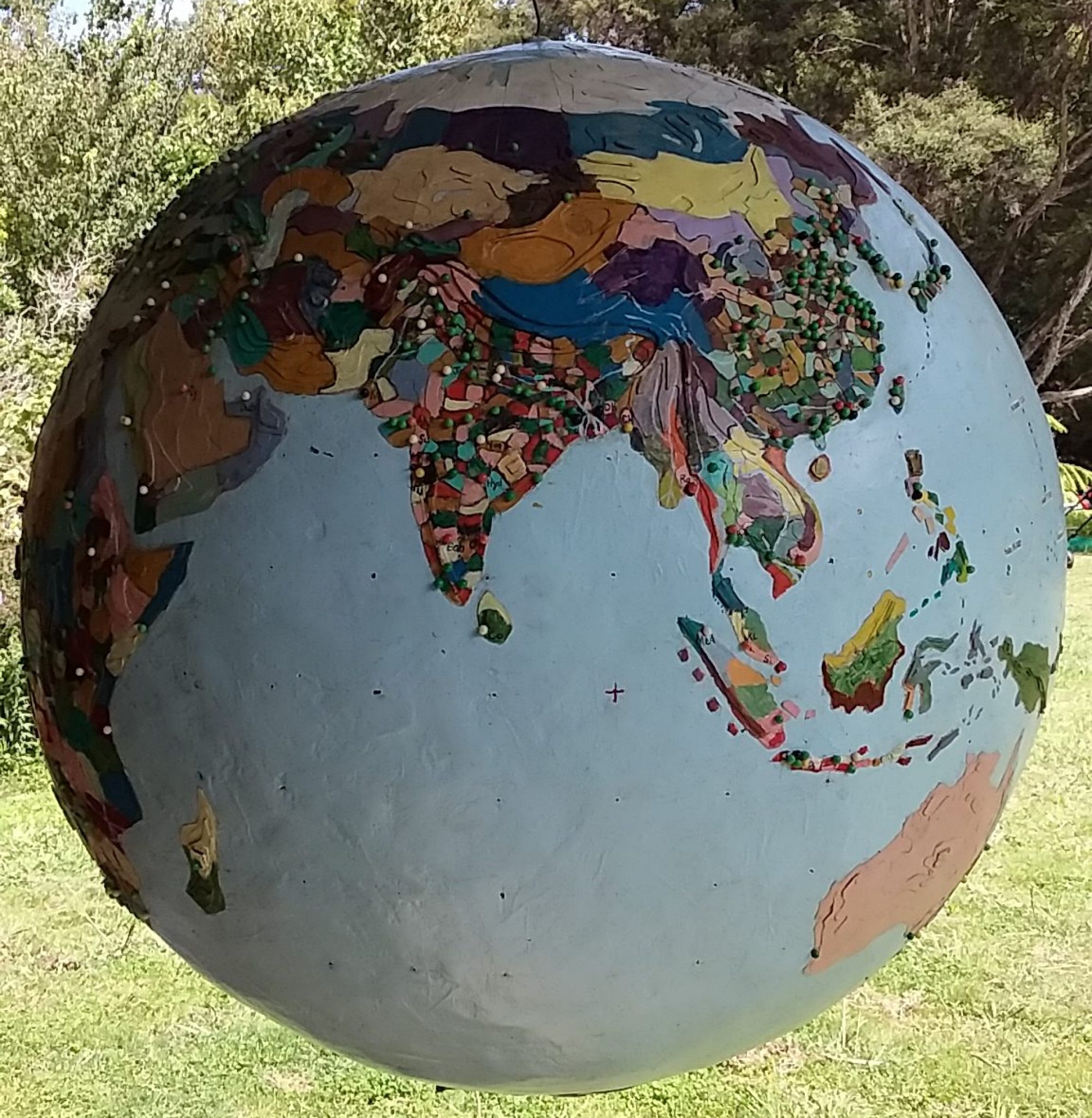Millisphere: a region containing one thousandth of the total world population, around seven million people.
Natural disasters have a way of revealing aspects of the geography of the region affected.
The Greater Houston metropolitan area (pop 6.5 million and the fourth largest in the USA) was last week flooded by Hurricane Harvey, which broke all previous records for rainfall.
This “natural” disaster was actually a perfect storm of economics, population and land use.
In 1900 the deadliest hurricane in US history devastated Galveston, when a 4.6-metre storm surge swept over the 2.4-metre high island on which it was built. Not surprisingly many of the survivors moved inland to nearby Houston.
Built on a swamp, Houston has 4000 kilometres of managed waterways – the first of them dug by hand by black slaves and Mexicans. Today it is estimated that one in ten of Houston’s residents is an illegal “alien” from south of the Mexican border.
Parts of Houston have been sinking because of the extraction of groundwater. Some areas have subsided by 3m since 1920, others by 300mm in a decade, creating cracked foundations, uneven footpaths and areas where floodwaters collect.
Houston has very few planning restrictions. Developer-friendly bylaws and no formal zoning code mean that housing was cheap and Houston largely escaped the 2008 economic crisis when American house prices plummeted.
Described by some as “America’s worst designed city,” Houston has doubled in population since 1980, with the resulting urbanization exacerbating the flooding. To cope with the extra run-off many of the waterways needed widening but that would require the city coming up with billions to buy out the properties lining the “bayous.”
A graph of the rainiest days in Houston (1890 – 2016) reveals a trend to intensified rainfall with extreme weather events more frequent. Climate modeling depends on a complex confluence of factors but the world’s temperature is about 0.7℃higher than 1980 and for each degree celsius increase air holds 7% more water.
Houston is the “oil and gas capital of the world” and has the headquarters of over 500 global energy firms. The Shell Oil Company (the US branch of Royal Dutch Shell) has a head office there with 22,000 employees.
The Shell Oil Company’s “futurists” came up with “three hard truths” that the company faced. They were: 1. that global energy demand is rising; 2. that the supply of conventional energy will not be able to keep up, and; 3. that climate change is both real and dangerous.
Red Adair the famous oil well firefighter was from Houston. As well as providing jobs in the downstream oil and gas industry Houston is known for its terrible traffic and bad public transport. The climate is very hot and humid and there are fire ants, snakes, alligators, “mosquitoes the size of sparrows” and residents are forced to spray once a month for the cockroaches. It also has the distinction of being America’s “fattest city.”
Both the Bush presidents, Ted Cruz, Indianapolis 500 race car driver A J Foyt, Howard Hughes, Kenny Rogers, Rodney Crowell and some of ZZ Top are all from Houston and it has the highest number of Fortune 500 companies after New York.
The Port of Houston is the second largest US port in total tonnage (2015) and the first US port in foreign tonnage (2016), exporting oil field equipment, plastic, resins, synthetic rubber, insecticide and chemical fertilizers.
As well as “natural” disasters art has a way of revealing aspects of the geography of a region. Houston’s phenomenally wealthy oil industry has a collective a reputation for patronising “high” art such a Mark Rothko’s multi denominational chapel built to display his blue/black modernist abstract paintings dedicated to “truth and freedom.”
The paintings are so much part of the architecture that visitors have been known to ask: “where are the paintings?”
The Latino barrios are decorated with folk art such as “bathtub Madonnas” – an old decorated bath, sometimes with lights, standing upright with a madonna inside.
President Trump declared the Sunday after the deluge a national day of prayer for the victims of Hurricane Harvey. Planning might be more useful than prayer to avoid future “natural” disasters.
